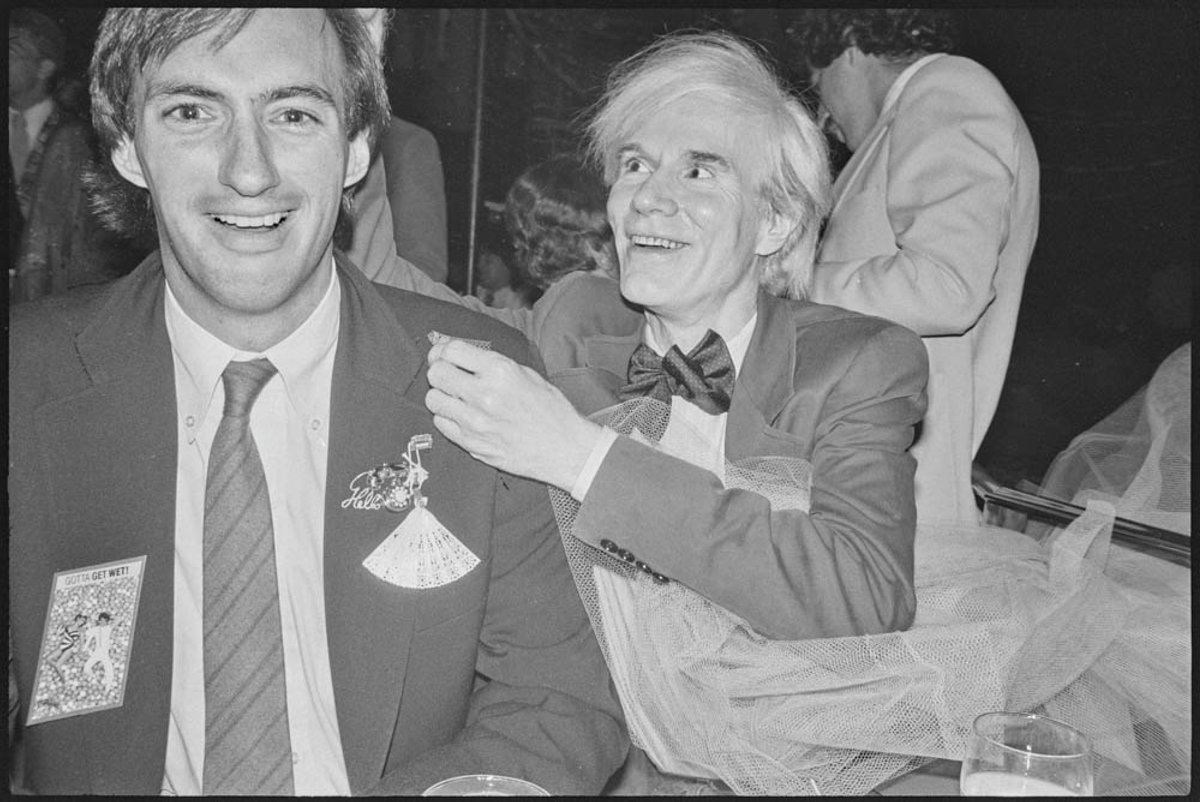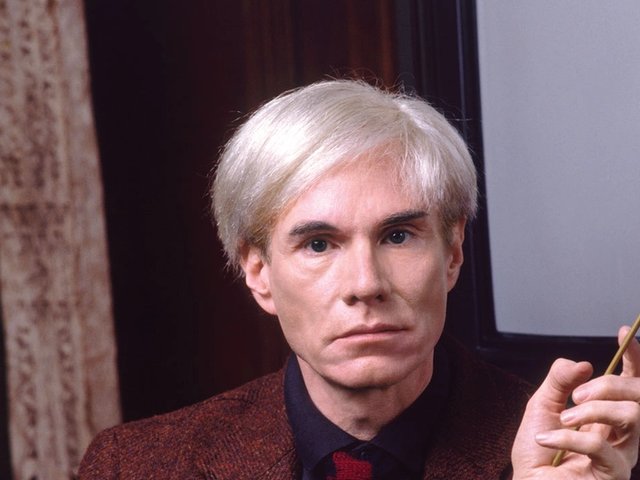In the 35 years since his death, Andy Warhol has remained a linchpin in the cultural and social zeitgeist. His influence on the worlds of art, fashion, advertising and culture more broadly is undeniable, but his inner world has until recently been elusive. It is beginning slowly to unravel: Blake Gopnik’s recent biography ran to more than 900 pages, and recent shows at Tate Modern and the Brooklyn Museum have placed greater emphasis on his biography. Now we have the Netflix documentary series, The Andy Warhol Diaries.
Beginning in 1968, the year Warhol was famously shot by the actress and artist Valerie Solanas, Andrew Rossi’s six-part docuseries conveys an incredible amount of information about the 1970s and 1980s, the New York art scene at the time, its major players and their proximity to Warhol. Interviews include those with the artist Glenn Ligon, Fab 5 Freddy, Debbie Harry, the late critic Greg Tate, filmmaker John Waters and the dealers Larry Gagosian and Mary Boone—all of which contribute to a rich and nuanced portrait of Warhol, shedding more light on who he was than what he did and drawing connections between his public and private personas.
The Andy Warhol Diaries is based on the 1,200-page book of the same name, published in 1989. Between 1976 and his death in 1987, Warhol called his longtime friend and editor Pat Hackett on an almost daily basis and gave accounts of his goings-on. These dictated memoirs reveal a man who, despite being a force in American popular culture and the art world for two decades, was deeply unhappy and often insecure about himself and his relationships.

Warhol’s obsession with celebrity, desperation to fit in and struggle to remain relevant are examined in the docuseries, which is based on the artist’s memoirs
Most episodes begin with re-enactments of scenes from the diaries with a voiceover of Warhol’s entries. The beginning credits feature a note acknowledging the use of artificial intelligence to generate the narration in Warhol’s voice, and that this was approved by the Andy Warhol Foundation. This is a controversial practice—it became the subject of debate around deep fakes with the 2021 documentary Roadrunner, about the late chef Anthony Bourdain—so the Diaries’ explanatory text seems to be trying to pre-empt any criticism.
The series examines how Warhol perceived himself and his legacy, especially in the last decade of his life—his creation of both a myth and a brand that would outlive him. It touches on what lay behind Warhol’s obsession with celebrity (and, inevitably, his Studio 54 phase), his experimentation with drugs, his desire to fit in. An episode centred on his relationship with Jean-Michel Basquiat finds Warhol struggling to remain relevant. Between 1983 and 1985, the duo produced more than 200 paintings and developed a close friendship that, by some accounts, bordered on sexual.
Queer desire is at the forefront of the series. Despite the asexual or celibate persona he cultivated, Warhol had multiple long-term male partners and created some of the era’s most sexually charged art. Much of The Andy Warhol Diaries is set at the height of the Aids epidemic, which casts a long shadow over the final years of Warhol’s life. The series explores his fear of catching the disease, avoiding friends who had it, and how queer scholarship essentially sees him as having “failed Aids” because he “wasn’t the political activist that people wanted”, as Jessica Beck,the curator at the Andy Warhol Museum in Pittsburgh, puts it. She attributes Warhol’s reticence to his Catholicism and argues that his response to the crisis emerged through the religious-themed imagery of the 1980s paintings. Patrick Moore, the museum’s director, sees Warhol as capturing “the sense of doom in New York City that surely is related to the Aids crisis”.
And the documentary shows how personally Warhol was impacted by Aids. Some of the most moving moments focus on two long-term partners, the interior designer Jeb Johnson and the Paramount film executive Jon Gould. Warhol pursued Gould on the heels of his breakup with Johnson. “I should try to fall in love and that’s what I’m doing now with Jon Gould,” Warhol wrote early on in their courtship.
Gould was much younger than Warhol and never publicly out. The series recounts many happy times they shared while they were together from 1982, including trips to Cape Cod, Aspen and elsewhere. Despite a complicated relationship, Warhol and Gould seem to have adored one another, which is evident in Warhol’s notes to him and loving descriptions of the time they spent together. They broke up in 1985 and Gould died the following year of Aids-related complications. The cause of death was not reported amid the biased media climate around the crisis and Gould not having publicly acknowledged his sexuality.
Warhol has historically proven a challenging subject for biopics and documentaries, but Rossi gets it right for the most part. It isn’t a perfect series; there are many unnecessary re-enactments and the commentary on Warhol’s fascination with consumerism can be a bit redundant. But it gives viewers a much-needed fresh take on Warhol and lifts the veil on his private life. And in a moment when LGBTQ+ rights remain under attack, the Diaries are a reminder that this struggle continues, despite how far it has come, and reinforce the enduring impact of Warhol’s life and work more than three decades after his death.
• The Andy Warhol Diaries is out now on Netflix





